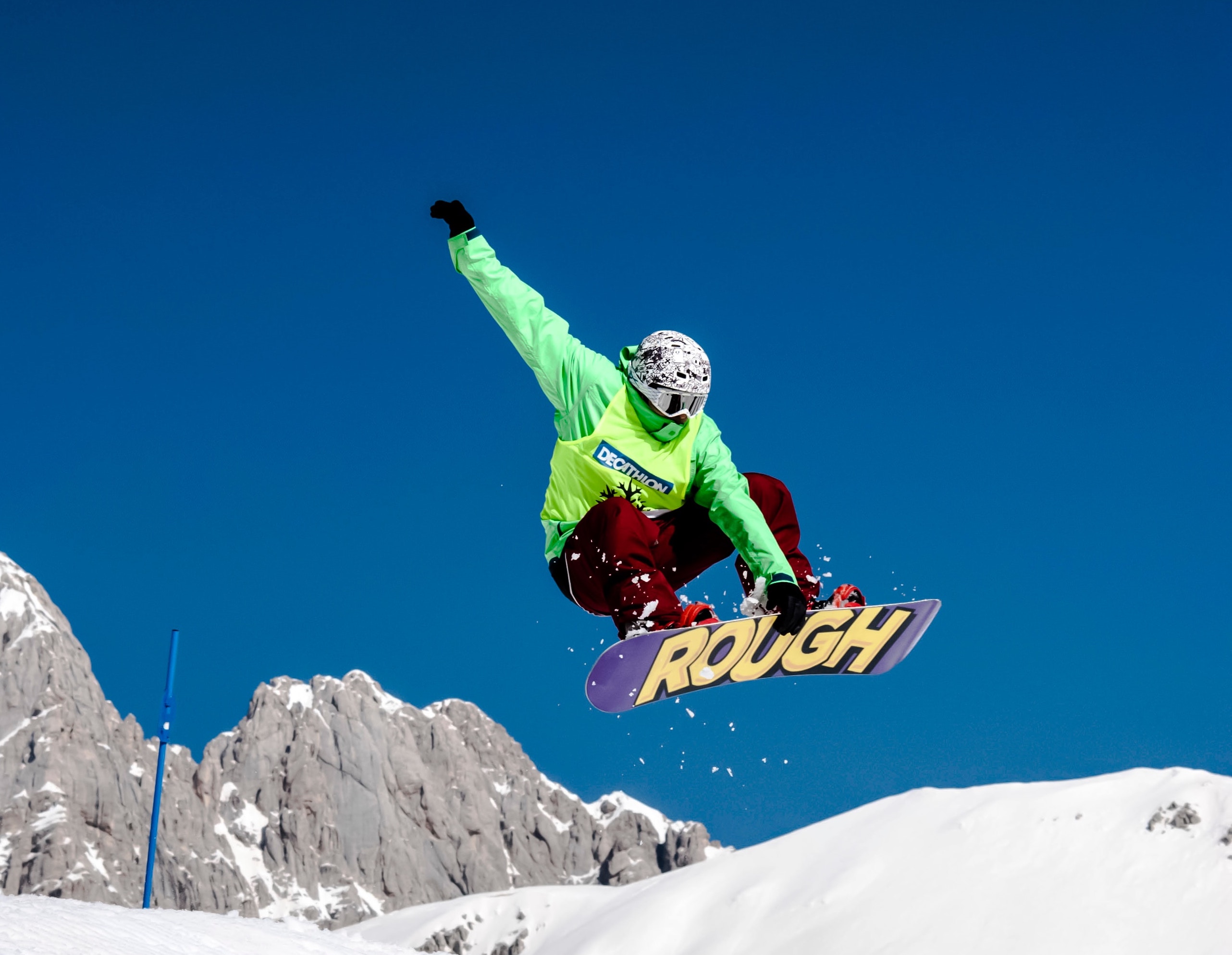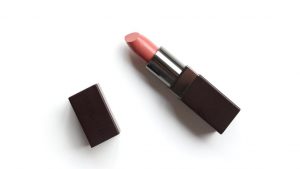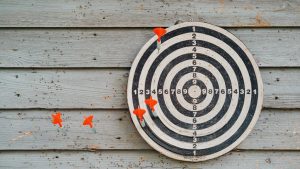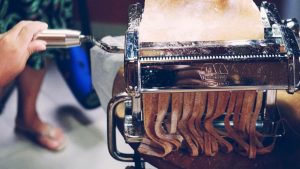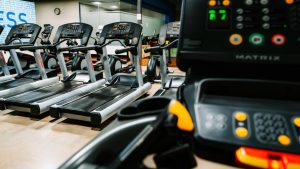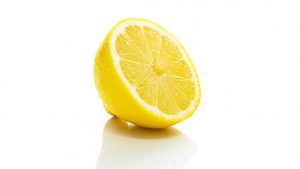
How to Choose a Snowboard: Tips and Advice for Beginners
If you’re new to snowboarding, choosing the right board can be overwhelming. With so many different shapes, sizes, and styles available, it’s easy to get lost in the options. However, selecting the right snowboard is essential for a fun and safe experience on the mountain. In this article, we will provide you with 10 tips to help you choose the perfect snowboard for your needs.
Determine Your Riding Style
Before you begin your search for a snowboard, it’s essential to determine your riding style. Are you a beginner, an intermediate or an advanced rider? Do you prefer carving or freestyle? Are you planning on riding groomed runs or backcountry? Answering these questions will help you narrow down your options.
If you’re a beginner, you’ll want to look for a board that is easy to control and forgiving. A softer flex and a shorter length board will help you learn the basics without too much difficulty. If you’re an intermediate or advanced rider, you’ll want a board that can handle more challenging terrain and conditions. A stiffer board will provide better stability at higher speeds and in rougher terrain.
Consider Your Height and Weight
Your height and weight are essential factors to consider when choosing a snowboard. Your board’s length should be based on your height, weight, and riding style. A shorter board is more maneuverable and easier to control, while a longer board offers better stability at higher speeds.
As a general rule, a board’s length should be somewhere between your chin and nose when standing on its end. However, this can vary depending on your personal preference and riding style. If you’re a beginner, it’s best to start with a shorter board.
Choose the Right Shape
Snowboards come in many different shapes, including directional, twin, and directional twin. Each shape has a different purpose and is designed for different riding styles. Directional boards are designed for carving and typically have a stiffer tail than nose. Twin boards are symmetrical and are ideal for freestyle riding. Directional twin boards combine the features of both directional and twin boards, making them versatile and suitable for all mountain riding.
Check the Board’s Flex
The flex of a snowboard refers to how easily it can bend. A softer flex board is easier to maneuver and is ideal for beginners and park riders. A stiffer flex board offers more stability at high speeds and is better suited for advanced riders and backcountry riding. However, keep in mind that flex is not only determined by the board’s stiffness but also by your weight and riding style.
Determine Your Boot Size
The size of your boots is crucial when selecting a snowboard. Your boots should fit comfortably in the board’s bindings without any overhang. A board that is too narrow will cause your boots to drag in the snow, making it difficult to control. Conversely, a board that is too wide will be challenging to turn.
Look at the Board’s Width
The width of a snowboard is also important to consider. A wider board is better suited for riders with larger feet to avoid drag in the snow. Conversely, a narrower board is more maneuverable and easier to control, making it ideal for smaller riders and park riders.
Check the Board’s Camber
The camber of a snowboard refers to its shape when laid flat on the ground. A board with a traditional camber has an arch in the middle, making it ideal for carving and stability at high speeds. A board with a reverse camber, also known as rocker, has an arch in the middle and raised tips, making it easier to turn and better suited for park and freestyle riding. A board with a flat camber is a hybrid between traditional and reverse camber, offering a balance of stability and maneuverability.
Consider the Board’s Base
The base of a snowboard is the part that comes into contact with the snow. The base’s material affects how fast the board can go and how much maintenance it requires. A sintered base is faster and more durable than an extruded base, but it requires more maintenance. An extruded base is slower but requires less maintenance and is more affordable.
Look at the Board’s Edges
The edges of a snowboard are crucial for control and maneuverability. A board with sharp edges will provide better grip on icy terrain, but it requires more maintenance. A board with dull edges will be less grippy but requires less maintenance.
Consider Your Budget
Snowboards come in a wide range of prices, so it’s essential to determine your budget before you begin your search. Keep in mind that a higher-priced board does not always mean it’s better. If you’re a beginner, it’s best to invest in a less expensive board until you improve your skills.
Try Before You Buy
Finally, it’s essential to try a snowboard before you buy it. Many ski resorts offer rental programs that allow you to test different boards before you make a purchase. This will give you a better idea of how the board feels and performs on the mountain.
Conclusion
Choosing the right snowboard is crucial for a fun and safe experience on the mountain. Consider your riding style, height, weight, board shape, flex, boot size, width, camber, base, budget, and test the board before you buy. By following these tips, you’ll be well on your way to finding the perfect snowboard for your needs.

